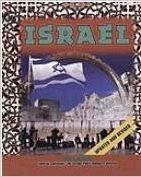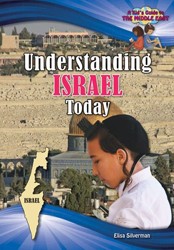Twenty-three countries are profiled under the term “Middle East,” including Somalia and Djibouti. Since the designation “Middle East” is fluid, they are not all the same countries that are featured in other books about the region. The first few chapters provide overviews of the region today, its geography and climate, and its history. Considering the complexity and variety of Middle Eastern countries, the information is rather general and as much is omitted as is included. This is even more pronounced in the next, long chapter called “The Countries of the Middle East,” which provides terse and far from complete capsule summaries about the history, politics, and economics of each country. In fact, the chapter begins with a disclaimer saying that for more detailed information, readers should look elsewhere. The final two chapters deal with the people of the region— major ethnic groups and cultures — and a few important cities. Facts and figures are given in the text, in two country-by-country tables, in a chronology, pictures of each country’s flag, a list of books — all adult— for further reading, and a list of websites. A glossary and index are also included.
Because it differs in so many ways from its neighbors, Israel gets short shrift in this book, part of a series for middle school and high school students that also includes Adam Garfinkle’s excellent book, Israel (Mason Crest, 2004). For example, the Zionist movement is barely mentioned and the status of women in Israeli society, so different from other Middle Eastern countries, is obscured by generalities about the region as a whole. Any attempt to cover the entire region, in only 112 heavily illustrated pages is, considering such substantial differences between Israel and the Arab states and Iran, bound to be less than satisfactory. A better choice is Michael Kort’s Handbook of the Middle East (Twenty First Century Books, 2002). Intended for ages 12 – 15.





